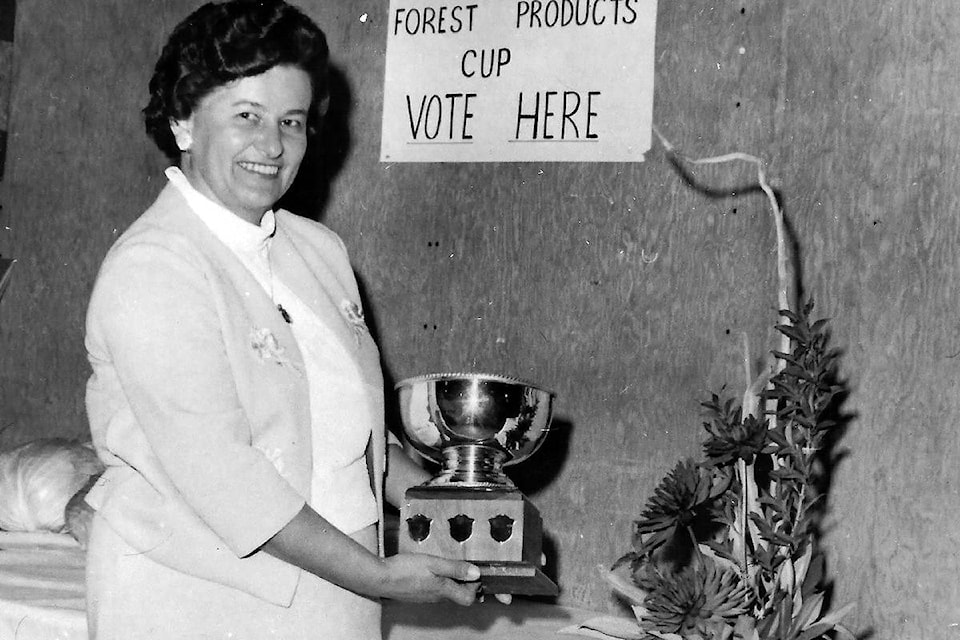So where did Boneyard Lake get its name, a nice young fellow asked. Boneyard, of course, is one of the lakes that outdoorsy people often take note of in the Sooke Hills.
There’s Sheilds Lake, named after the James Sheilds family that settled up the Sooke River in 1883, and there’s Grassy Lake, so-called because of the profusion of grasses with which the lake bottom is endowed.
I believe Crabapple Lake received its name from Eric and Marjorie Bernard, who admired the wild crabapples growing along the lakeshore near the getaway cabin they built.
Glinz Lake, of course, was named for the brothers Arnold and Leonard Glinz who homesteaded there in 1911, with the intent of building a hunting lodge. The Peden Lakes, closer to the Sooke River, bear their name because of the famous Peden brothers of sports fame who built a hunting cabin there.
So why does Boneyard Lake that can be reached via Butler Mainline and then Boneyard Road, on the west side of the Sooke River, carry such a strange name?
Well, it wasn’t long after the first European settlement that the Sooke and Otter districts developed a reputation for great hunters, and this is what led to the name. Back in those days, the deer did not graze on our village lawns, but lived in the woods, foraging on the new growth that sprouted up each spring.
Our well-known Velma Jessiman, pictured, a Poirier by heritage, recalls as a child told about the earlier Poirier and Goudie generations of hunters who typically went up into the hills west of the Sooke River, where they would camp in a primitive cabin and hunt for the winter’s meat supply.
In the late 1800s and early 1900s, some Victoria eating places offered wild venison on their menu. To supply that market, of course, they looked to the fine marksmen that had access to the game in the Sooke Hills. Once the venison was ready, it would be freighted to Victoria to delight discriminating palates.
Who better than Sooke and Otter hunters like the Poirier brothers and the Goudie brothers, for example, to meet that demand? We are told that these hunters were reluctant to load the extra weight on either their own backs or their horses’ backs for the return trip, so they would butcher the carcasses on site, discarding such items as deer legs, only carrying out the choice marketable cuts of venison. Where were the bones discarded? Why, submerged in the handy Trailside lake, of course.
•••
Elida Peers is the historian of Sooke Region Museum
